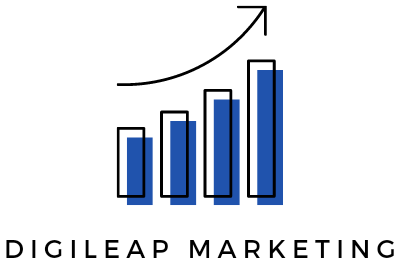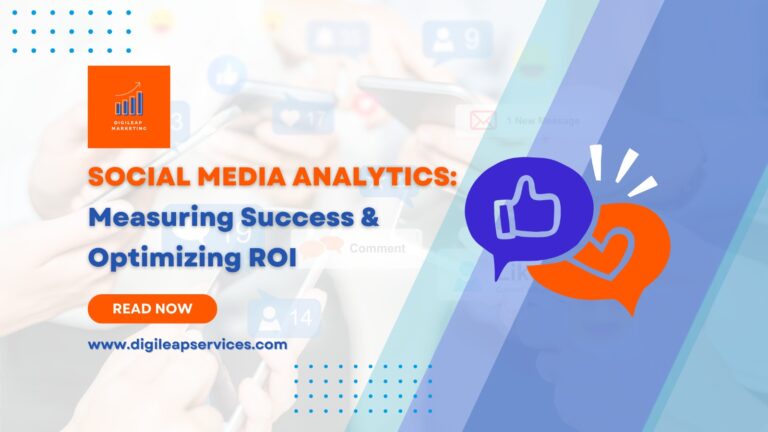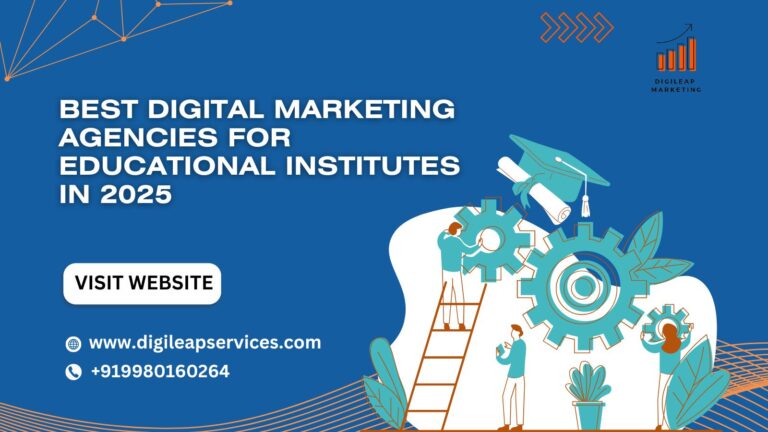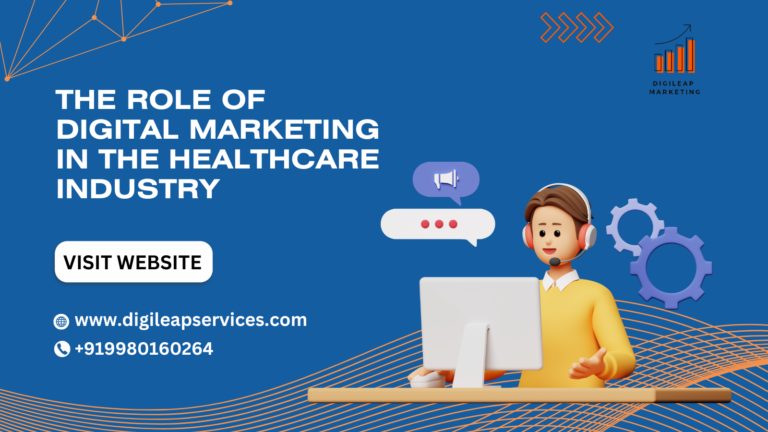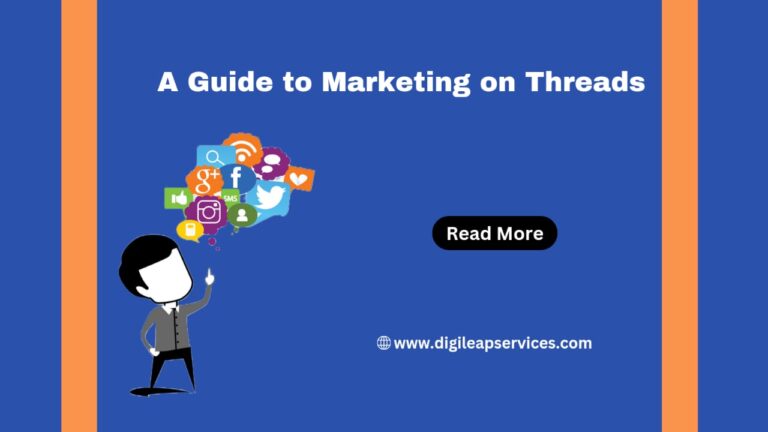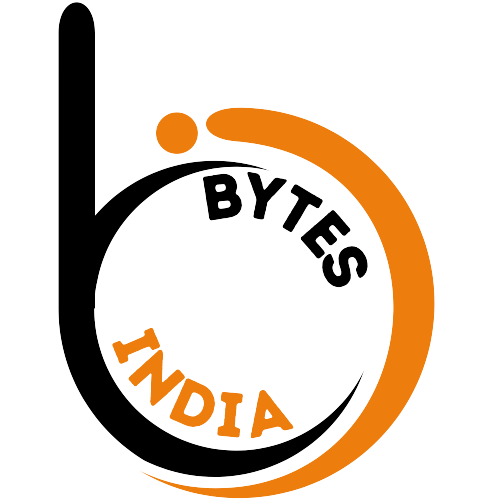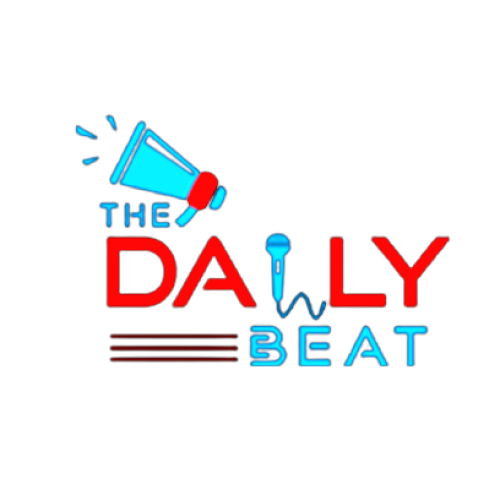7 ways to improve the conversion rate of your funnel
Funnels are rarely given the credit they deserve. If you have ever tried pouring gasoline into a lawnmower using a funnel, you will understand how simple yet effective it is. Simply tip the can into the funnel, and the fuel is directed where it needs to be — inside the tank. Sales funnels are highly effective at guiding leads into sales. They assist you in driving revenue growth and achieving higher returns on marketing investments. The stages of the sales funnel describe the cognitive processes that customers go through when making a purchasing decision. The “funnel” analogy aids in visualizing and categorizing the various stages of the sales process.
Although there are several models of sales funnel stages, the most popular and widely used one is the AIDA model, which consists of the four stages listed below:
- Awareness
- Interest
- Decision
- Action
- Awareness: – The Awareness stage is located at the “top of the funnel,” where customers become aware of: A problem they are dealing with and, in some cases, a solution. Your company and its product or service that solves their problem. In the Awareness stage of the sales funnel, your goal is to reach out to your target audience, assist them in discovering your offering, and collect leads. This can be accomplished through PPC campaigns, relevant blog posts, eBooks, and social media. In this stage, optimize your sales funnel by creating informative and engaging content that encourages those who are interested in your product to act. Whether it is signing up for your email newsletter or attending a webinar, you should encourage them to interact with your company and move forward.
- Interest: – When your target audience interacts with your company during the Awareness stage, they show an interest in what you have to offer. Even if these prospects haven’t decided to buy from you yet, you have their attention. They’ve reached the Interest stage at that point. During the interest stage, your goal is to determine your potential customer’s pain points and what motivates them. One method is to interact with them and establish a relationship through direct and indirect sales channels. In this stage, you can also optimise your sales funnel with content that addresses common pain points and positions your product as a solution. You can accomplish this through email campaigns, blog posts, and free trials.
- Desire: – When a customer reaches the Desire stage, they are aware that your product meets their needs and that they are considering purchasing it, but they are not yet ready to convert. To make an informed decision, they are still comparing pricing options, customer testimonials, and case studies. In this stage, your goal is to persuade customers by demonstrating:
- Why your product is a good fit for them.
- How well your proposal fits their budget.
- What they can expect after purchasing.
These objectives can be met through one-on-one demos, discount codes, customer testimonials, and reviews. The key here is to demonstrate to them what life as a customer can be like. Once you’ve persuaded them, they’ll proceed to the next stage.
All about the marketing Funnel
- Action: – The final stage of the sales funnel is the Action stage, also known as the purchase stage. This is the stage at which the previous three stages’ nurturing and guidance bear fruit. Customers are convinced that your product is exactly what they require and are eager to convert.In this stage, your goal is not just to persuade the customer to buy something. You should provide them with everything they need to get the most out of their purchase.You can, for example, use email campaigns, targeted promotions, and community building to help customers get the most out of your products and retarget them with upsells and cross-sells to increase sales.
The main tips to optimize your sales funnel:
- Define your target: – Buyer personas provide information about who your buyers are, how they think, and what motivates them. They can assist you in identifying prospects at the top of the funnel, reducing drop-offs at the Awareness stage, and increasing your sales funnel conversion rate.
- Create content that solves problems: – Informative content establishes your brand’s authority and credibility. According to Conductor research, consumers are 131% more likely to buy from a company after consuming early-stage, educational content.
- Optimize your landing pages: – Potential customers learn about your products and brand on the landing page. When they arrive at your landing page, whether through an ad, blog post, or webinar, it should communicate what your brand represents, what it offers, and how it solves their problems.
- Optimize your CTAs: – Every page and piece of content on your website should have a clear purpose as well as a call to action (CTA) that encourages prospects to progress to the next stage of the funnel. CTAs can be used at any stage of the sales funnel to encourage customers to proceed.
- Capture leads: – After you have wowed your customers with relevant content and compelling CTAs, it’s time to move them to the Interest stage. Customers who share their contact information with your company are expressing an interest in your product or service.
- Use email marketing to nurture leads: – Grabbing your customers’ attention isn’t enough. You must also increase interest in your products and move them to the next stage of the sales funnel. Email marketing is a simple way to accomplish this.
- Incorporate trust signals and social proof: – Every sales process requires trust to be successful. A sales funnel cannot be optimized unless trust signals and social proof are distributed evenly across all stages. The type of indicator you use will depend on the stage of the funnel.
Buyer’s journey and its importance
Conversion goals vary greatly at each stage of the sales funnel. Sales funnels are not designed to convert leads on the first contact. So, make sure you are not forcing users to do anything. Instead, optimize your sales funnel to allow them to flow naturally through it.
